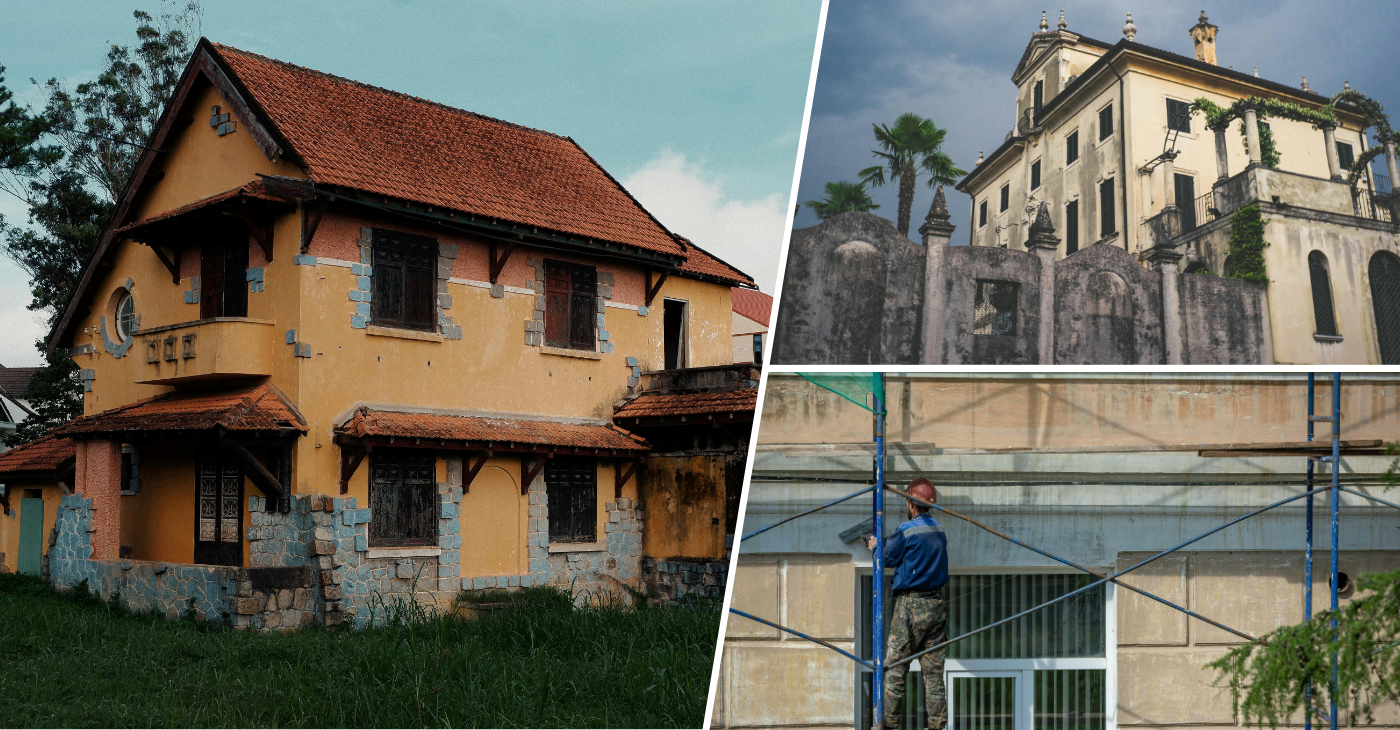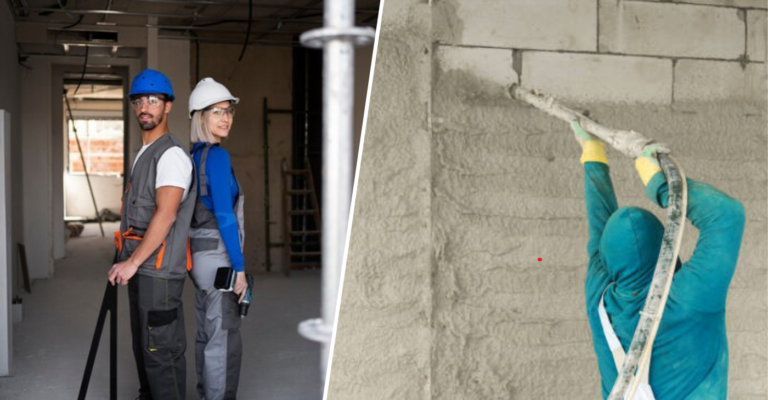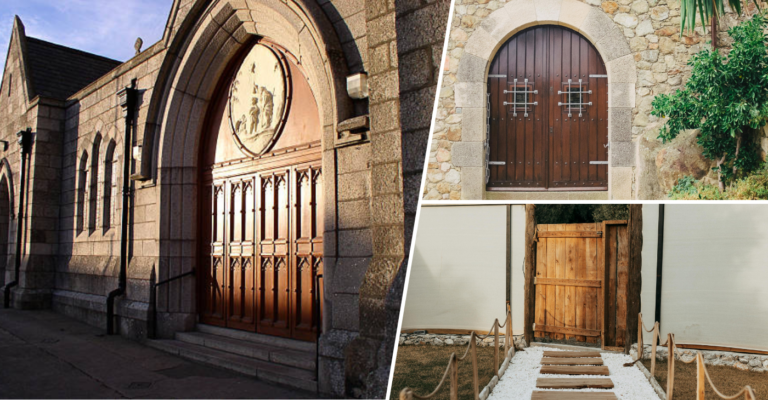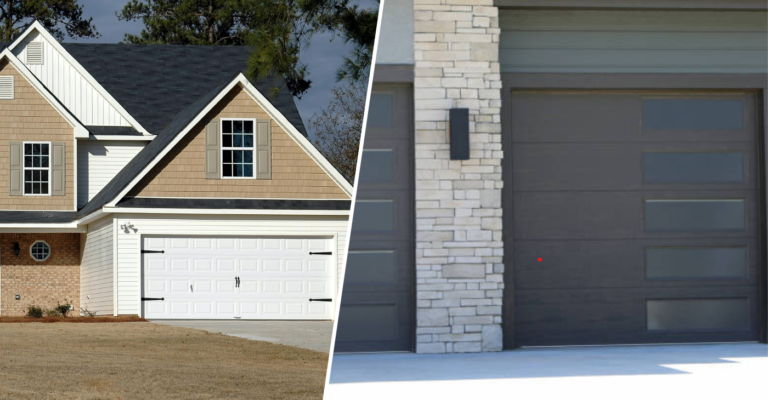Is it worth to invest in non standard construction? Be concerned
Investing in real estate is one of the most significant financial decisions many people make, and choosing the right type of property is crucial. Among the various property types available, non-standard construction homes are often met with curiosity and caution. These properties, which fall outside the realm of traditional brick-and-mortar construction, can offer unique opportunities but also present specific risks that investors need to consider. In this article, we’ll explore whether investing in non-standard construction is worth it and why you should be concerned before making a decision.
What is non standard construction?
Before delving into the pros and cons of investing in non standard construction, it’s essential to understand what this term means. Non standard construction refers to buildings that do not conform to conventional construction methods or materials. This category includes properties made from materials such as timber frames, steel, concrete panels, and even prefabricated components. Examples of non-standard construction include:
- Timber-framed houses: Homes built primarily with wood instead of brick or stone.
- Steel-frame buildings: Structures with a steel skeleton, often used for industrial or commercial purposes but sometimes for residential homes.
- Concrete panel homes: Properties constructed with large concrete slabs, a method popular in the mid-20th century.
- Prefabricated homes: Modular or kit homes assembled on-site from pre-manufactured sections.
These construction methods can offer unique architectural styles and potentially lower building costs, but they also come with challenges that standard construction does not.
Why is non standard construction so appealing?
Investing in non standard construction can be appealing for several reasons. Understanding these benefits can help you weigh whether such an investment aligns with your goals.
1. Affordability
One of the primary attractions of non-standard construction is affordability. These properties are often priced lower than traditional homes because they are less common and may be perceived as riskier by some buyers. This lower price point can make them an attractive option for investors looking to enter the property market with limited capital.
2. Unique architectural design
Non standard construction homes often feature unique architectural designs that stand out in a market saturated with conventional properties. For investors, this can be a selling point, as some buyers are specifically looking for something different from the typical suburban home. A well-designed non-standard property can attract niche buyers or renters willing to pay a premium for distinctiveness.
3. Potential for innovation
Investing in non-standard construction allows you to explore innovative building methods and materials. For example, prefabricated homes and modular construction are gaining popularity for their sustainability and efficiency. These methods can reduce construction waste and lower environmental impact, appealing to eco-conscious buyers and investors interested in sustainable development.

4. Flexibility in location
Some non standard construction methods, like prefabricated homes, offer flexibility in location. These properties can be built in remote or challenging areas where traditional construction might be impractical or too costly. This flexibility can open up investment opportunities in regions with high demand but limited housing supply.
What risks and concerns should we consider?
While there are benefits to investing in non standard construction, there are also significant risks and concerns that you should carefully consider before committing your resources.
1. Financing challenges
One of the biggest hurdles in investing in non standard construction is obtaining financing. Traditional mortgage lenders are often hesitant to finance these properties due to their perceived risks. This reluctance is primarily because non-standard homes may have lower resale values or could be more challenging to sell. As a result, you may face higher interest rates, larger down payments, or difficulty securing a mortgage altogether.
2. Insurance complications
Insuring a non standard construction property can be more complex and expensive than insuring a traditional home. Insurance companies often view these properties as higher risk due to the materials used, potential for structural issues, and difficulty in making repairs. You may find that fewer insurers are willing to cover a non-standard home, and those that do may charge higher premiums. It’s essential to factor in these potential costs when calculating the return on your investment.
3. Resale value and marketability
The resale value of non standard construction homes can be unpredictable. While unique architectural designs can attract certain buyers, the limited appeal of these properties can also make them harder to sell. Potential buyers may share the same concerns about financing and insurance, reducing the pool of interested parties. This limited marketability can affect your ability to sell the property quickly or at a price that meets your investment goals.
4. Maintenance and repair issues
Non standard construction properties may require specialised maintenance and repairs, which can be more costly and time-consuming than standard homes. For instance, timber-framed houses might be more susceptible to rot or pest infestations, while steel-frame buildings could face corrosion or other issues not commonly found in traditional brick homes. Finding contractors with the expertise to handle these repairs can also be more challenging, potentially leading to delays and higher costs.
5. Regulatory and zoning concerns
Non standard construction may face additional scrutiny from local authorities regarding zoning, building codes, and permits. Depending on the location and the type of construction, you might encounter more stringent regulations or longer approval processes. These regulatory challenges can slow down development and increase costs, impacting the overall profitability of your investment.
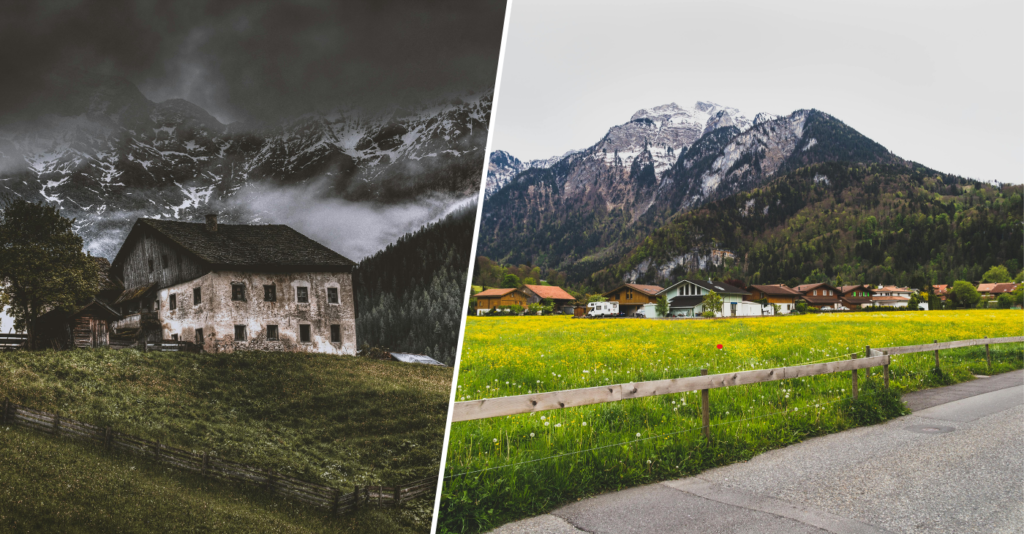
Is it worth the investment?
Given the potential benefits and risks, whether non standard construction is worth the investment depends on your individual circumstances, goals, and risk tolerance.
- If you have access to alternative financing options or can purchase the property outright, the affordability of non standard construction might make it an attractive investment. However, if you rely on traditional mortgages, the challenges in securing financing may outweigh the benefits.
- Understanding the local real estate market is crucial. In areas where non standard construction is more common or where there is a demand for unique, innovative homes, investing in such properties could yield good returns. However, in markets where traditional homes dominate, you might struggle to attract buyers or renters.
- Consider the long-term prospects of non standard construction. As sustainability and innovation become more critical in real estate, the demand for eco-friendly, energy-efficient homes could rise. Investing in non-standard construction that incorporates these elements might position you well for future growth. However, you must also be prepared for potential challenges in maintenance, repairs, and resale.
- Given the complexities involved in non standard construction, seeking advice from real estate professionals, contractors, and financial advisors with experience in this area is essential. They can help you assess the specific risks and benefits of a particular property, ensuring you make an informed decision.
Summary to understand benefits and potential risks about non standard construction
Investing in non standard construction is not for the faint of heart. While these properties can offer unique opportunities and potentially lower entry costs, they also come with significant risks that must be carefully weighed. Financing difficulties, insurance complications, resale challenges, and maintenance issues are all factors that could impact your investment’s success.
However, if you are well-prepared, have a clear understanding of the local market, and are willing to take on the risks, nonstandard construction could be a worthwhile investment. As with any real estate investment, thorough research and expert advice are crucial in making a decision that aligns with your financial goals and risk tolerance. Read more

